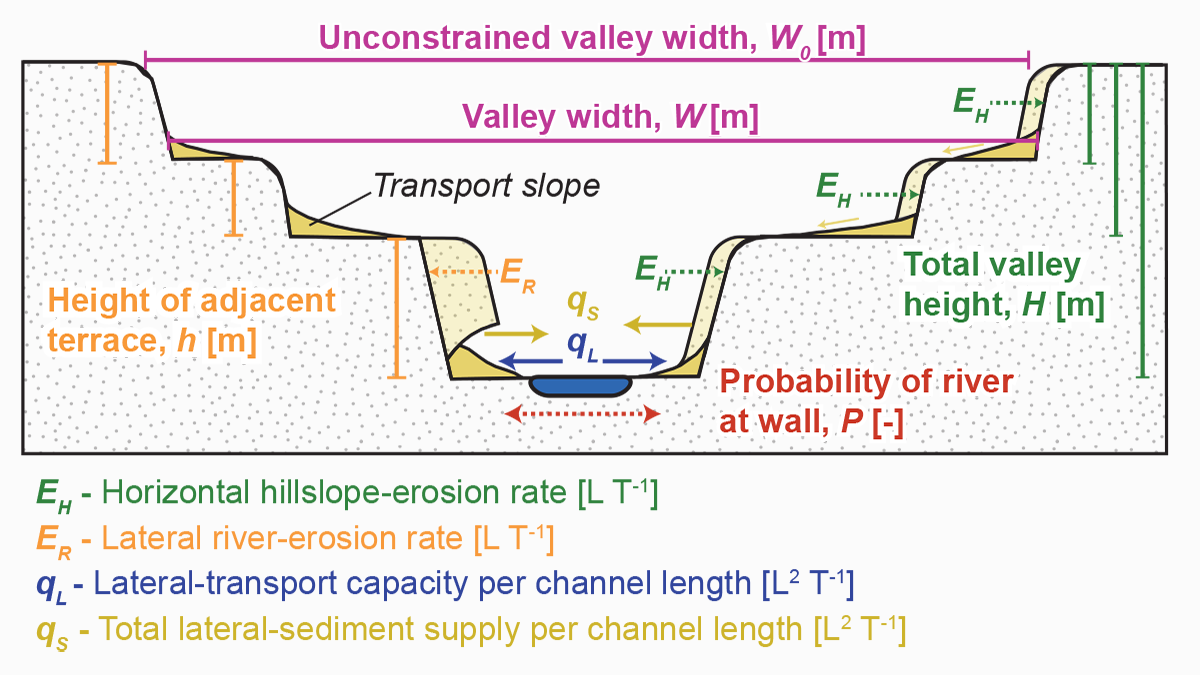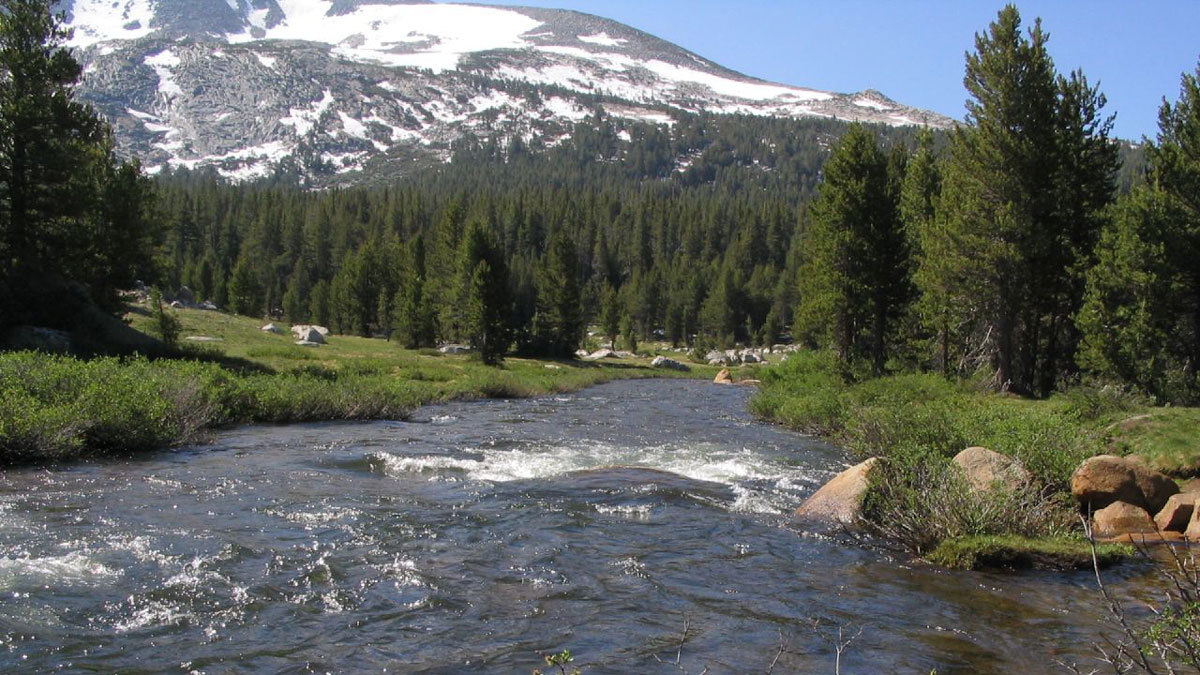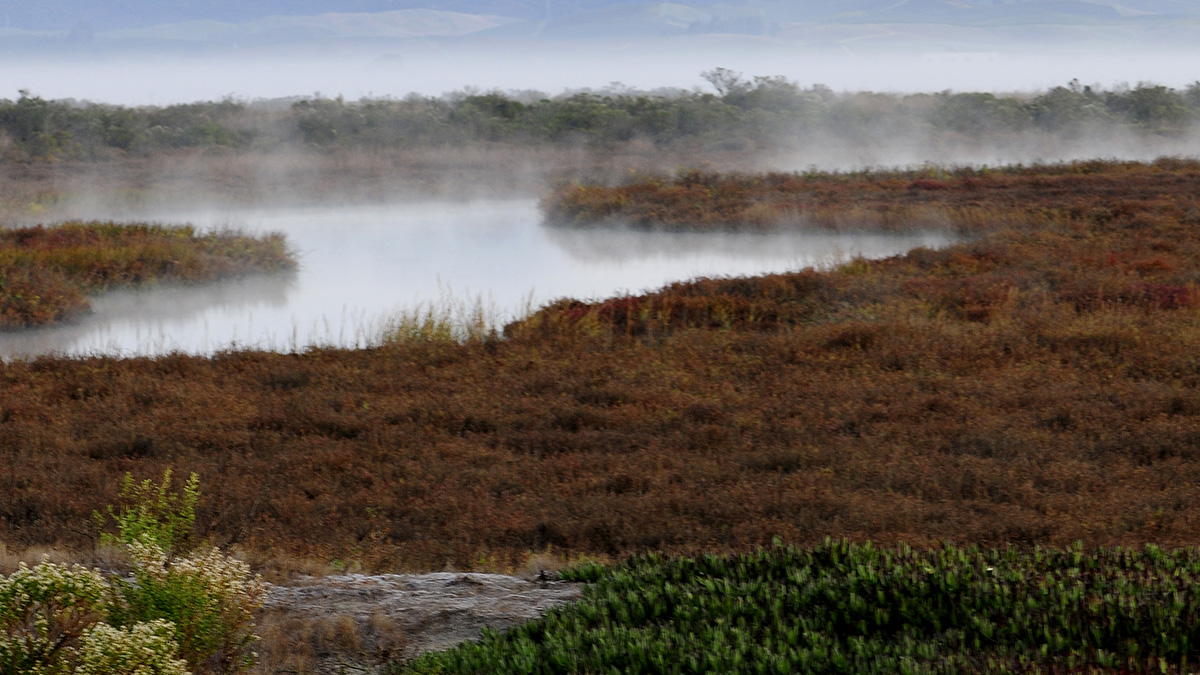Source: AGU Advances Editors’ Highlights are summaries of recent papers by AGU’s journal editors. The shape of fluvial valleys results from the complex interaction between climate and the local environment. Our current knowledge suggests that river discharge and valley-wall lithology are the main controls on valley width. Yet, current models based on these observations fail […]
landscape & topography
Coseismic Displacement of 1987 Earthquake from Aerial Images
Differencing digital surface topography models constructed from historical aerial photographs reveal the coseismic surface displacement field of the 1987 earthquake in northern New Zealand.
Rain Makes Skulls Bigger—in Mice
New research shows how regional weather, shaped by towering mountain ranges, might influence the size and shape of local rodents.
The Burning Tundra
As wildfires blaze through the Arctic, scientists examine the role of landscape characteristics on wildfire ecosystem responses in northern aquatic ecosystems.
New Map of Proposed Mantle-Driven Topography Stirs the Pot
The role the deep Earth plays in creating topography is hotly debated. A new study uses subtle elevation changes around the globe as evidence that the mantle plays a key role in building topography.
What Drives Hillslope Connectivity?
Hillslopes play a critical role in linking ecosystems. Understanding the forces that drive their connections can help us to better understand adaptation in the face of climate change.
Martian Glaciers May Have Carved Its Valleys
Networks of valleys provide puzzling hints of running water on the surface of the Red Planet. New research suggests that some tributaries could have formed from icy sheets thousands of meters thick.
Atmospheric Rivers Help Coastal Wetlands Build Up Sediment
Accounting for these storms and flooding can help experts predict and respond to rising sea levels.
Why Do Rivers Jump Off the Beaten Path?
Researchers sifted through 50 years of satellite imagery and came up with new clues to where and why rivers avulse, suddenly changing their course.
Steep Mountain Slopes Have Surprisingly Long Lifetimes
New models of eastern Tibetan hillsides show that steep slopes with “excess” rock last longer on average than their shallower counterparts.










